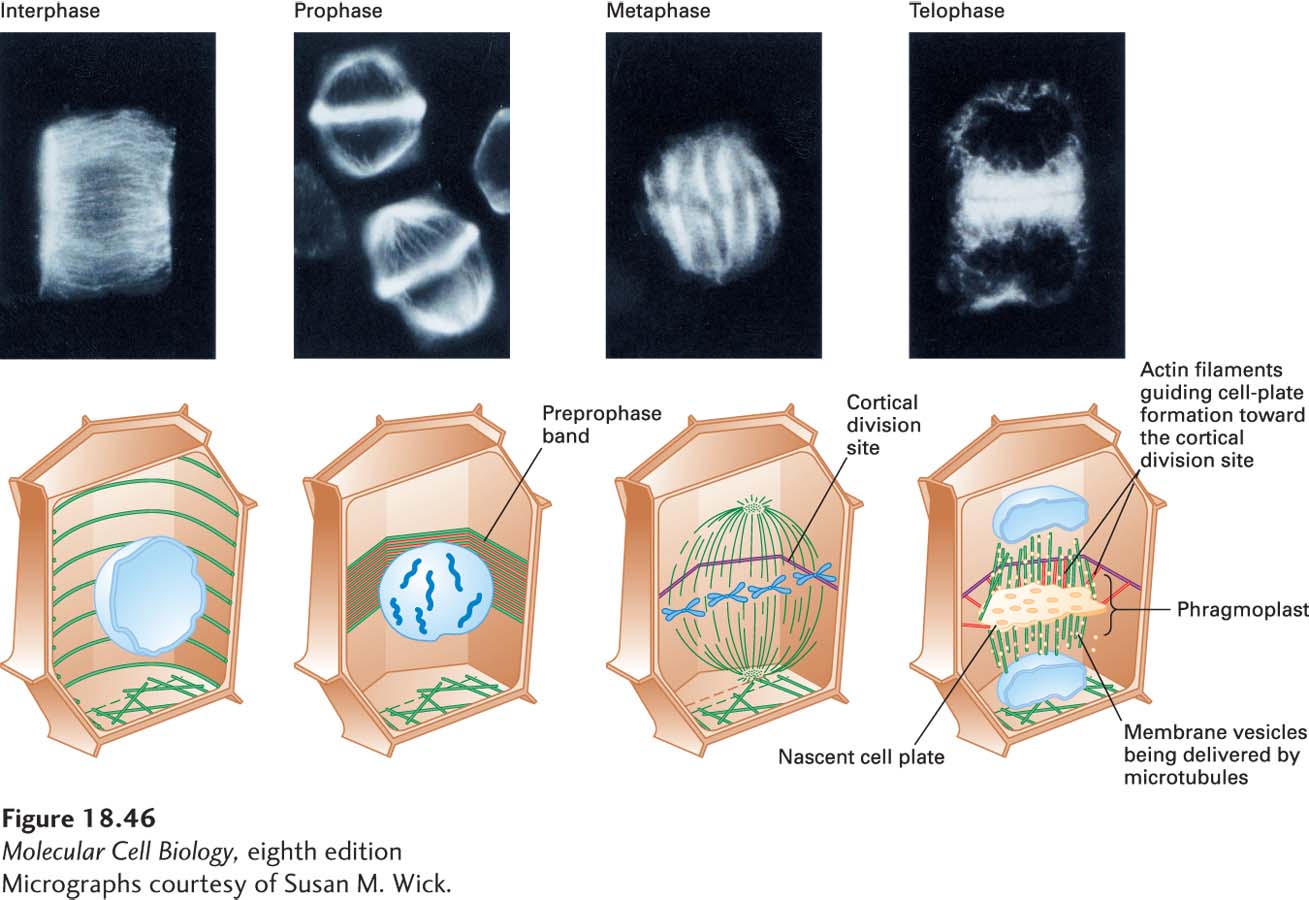
FIGURE 18- 1–
[Micrographs courtesy of Susan M. Wick.]